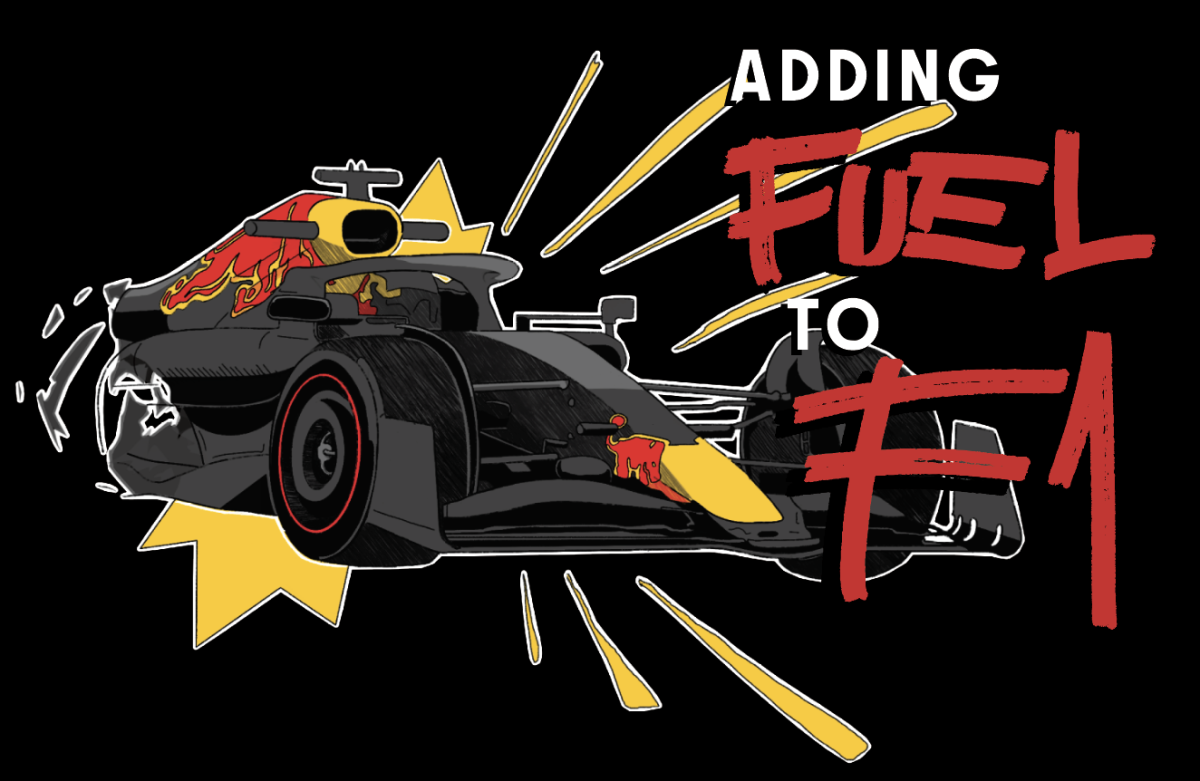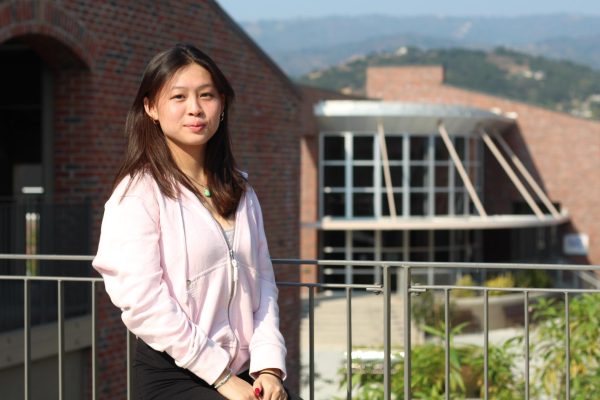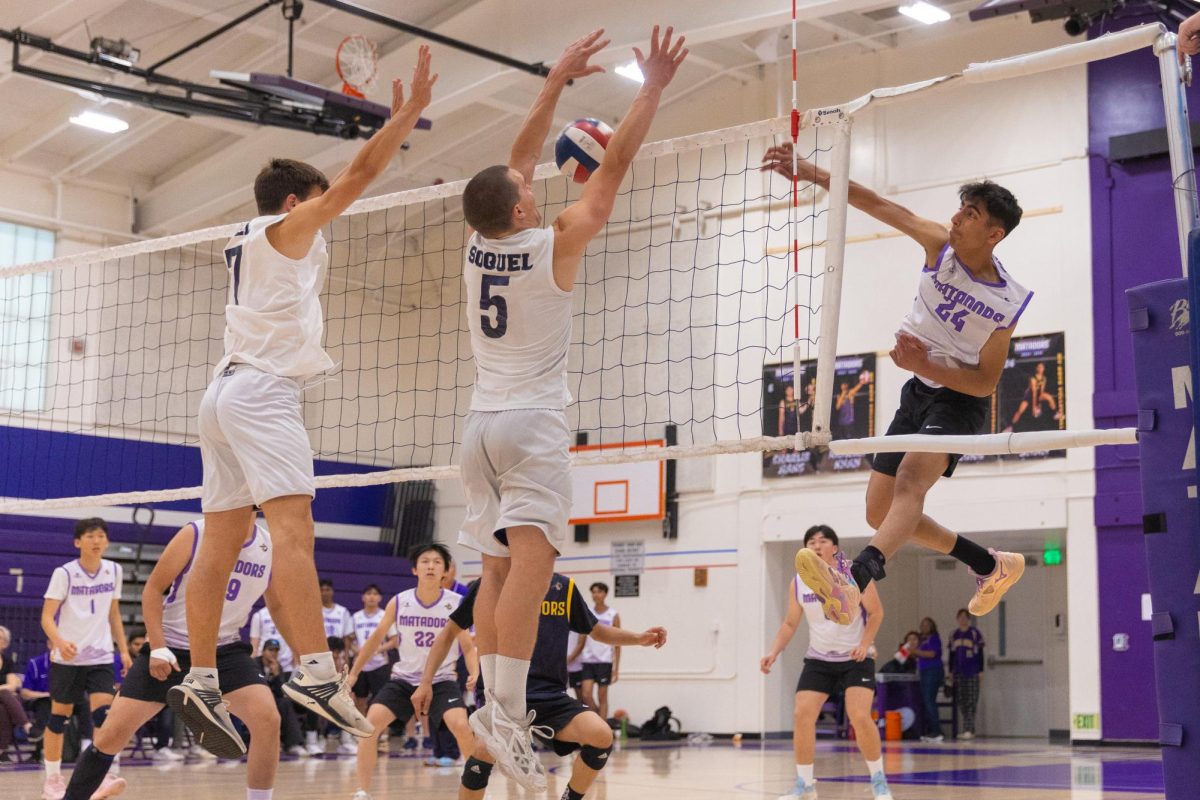At the age of eight, building a Lego vehicle set with her sister fueled sophomore Mahika Pandit’s long-standing interest in the inner workings of cars. This project also jump-started her love for Formula One (F1), the world’s largest motor racing competition. Years later in 2019, it was the thrill of putting together the toy car that Pandit would remember while watching the first season of Netflix’s “Drive to Survive” docuseries.
“F1 completely changed what a car looks like,” Pandit said. “It’s not just taking a car and revamping it — it’s completely from scratch. It’s on the floor as a completely different innovation. I was like, ‘The front nose is a little wider here, a little narrower here, how does that change the car?’ That was something that drew me in.”
Like Pandit, “Drive toSurvive” also piqued MVHS ‘23 alum Nameek Chowdhury’s interest in F1. Chowdhury recommends new viewers watch the series for an introduction to F1 as each season covers the annual World Championship, in which teams of drivers and constructors compete in a series of Grand Prix races around the world.
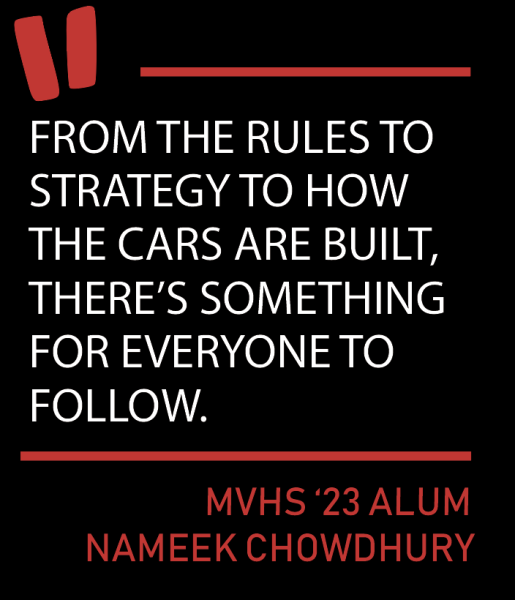
“F1 is basically reality TV because of the level of drama,” Chowdhury said. “It’s interesting in that sense — it gives you the ground rules very well if you don’t know anything about F1”
Chowdhury believes the different aspects of F1, from meticulously designed cars to teams of strategists and drivers, make it appealing for audiences to watch.
“There’s a lot to watch and a lot going on at the same time,” Chowdhury said. “It’s one of those sports where you wouldn’t have fun watching it in real life because you only get one little section of it. On TV, they’re constantly feeding the audience. From the rules to strategy to how the cars are built, there’s something for everyone to follow, whether you like the technical stuff or the drama, like I do.”
In addition to keeping up with the dramatics of the sport, Chowdhury also enjoys supporting drivers such as Max Verstappen, a Dutch driver and three-time World Champion. Chowdhury fondly recalls memories of watching the controversial 2021 Abu Dhabi Grand Prix where Verstappen beat British driver Lewis Hamilton in the final lap, despite both drivers being nearly tied throughout the season.
During the season, many F1 races are scheduled around a European viewer base, and as a result, viewers often have to wake up at odd hours to watch races. Pandit initially woke up between 3 a.m. to 4 a.m. to keep up with the live journaling of the races, but ever since she purchased a subscription, she watches the live race rather than the journaling of each race. She also makes predictions with her family the night before the race and eagerly updates them in the morning about the results.
Watching F1 at 6 a.m. on race days is also a common tradition for senior Riddhika Sharma and her dad, who sit on their sofa together to watch livestreams and highlights.
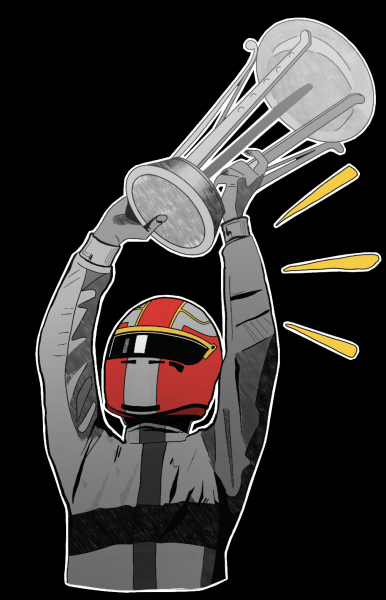
“What I do is I scream at the screen, like ‘What on earth are you doing?’” Sharma said. “Sometimes Ferrari has really weird strategies and I yell at the engineers, like ‘Why would you do that?’ My dad’s more of a neutral person — he just wants to see it, and I’m more of the hyper person.”
Chowdhury recalls a similar experience watching F1 with other fans. Although Chowdhury — who is currently a freshman at the University of Washington — was content with watching F1 in his dormitory by himself, he was surprised to find a group of students watching the race in the lounge while he went to heat up his dinner. As a result, Chowdhury soon found a group of students he could connect with and plans to watch future races with them.
“Similar to any other sport, there’s people reacting on social media, so there were people making memes while the race was going on,” Chowdhury said. “I like having somebody to talk to and argue with — it’s really fun. I showed them memes that were popping up on Twitter, which was basically what I would do in a group chat but in real life.”
Pandit also enjoys discussing races in real life and online. She often browses online forums such as Discord for more unfiltered analyses of F1, as she finds “Drive to Survive” highly unrealistic. She also maintains a blog where she shares her personal predictions for F1 events and adds that she has even managed to get some of her friends interested in the sport.
For both Sharma and Pandit, watching constructors build cars that regularly surpass 200 mph is their favorite aspect of the sport, connecting their passion for engineering with their love for F1. One of Sharma’s favorite aerodynamics engineers is Adrian Newey, the chief technical officer of Red Bull Racing, who Sharma says always designs the best cars on the track. Sharma’s interest in electrical engineering inspired her dream to work on a F1 team in the future.
“I really want to get a chance to engineer a car or even be a race engineer, just in the middle of all the action that’s going on,” Sharma said.
After five years since watching “Drive to Survive,” Pandit fondly reflects on her favorite memories of F1 — both electrifying moments, like the 2021 Abu Dhabi Grand Prix, and heartbreaking ones, like watching Lando Norris skid off the rained-on track during the 2021 Russian Grand Prix. Beyond the adrenaline of watching her favorite teams compete, Pandit has always loved following the technical innovation that goes into building each car, and the thrill of it is ultimately what keeps her watching.
“With F1 cars, the racing portion is just the tail end of it,” Pandit said. “There’s years of preparation that go into building the car itself. The teams have different materials and guidelines that they follow. They’re trying to make the car go as fast as possible, but also safe as possible. Because they’re going at such fast rates, a crash can be deadly. So seeing how the cars get better, and how the drivers can be safe but also have the best racing experience that’s still entertaining, has been really interesting to me.”




